Space
Sign up for our newsletter
We summarize the week's scientific breakthroughs every Thursday.
-
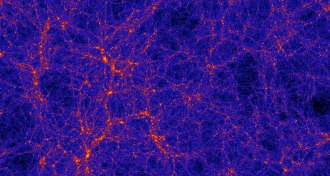 Cosmology
CosmologyFilament of cosmic web set aglow
Astronomers say they have glimpsed a brightly lit strand of the cosmic web, the universe’s underlying structure
-
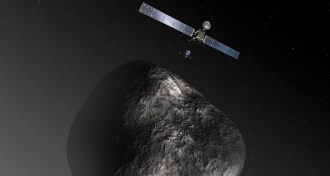 Astronomy
AstronomyRosetta spacecraft checks in with Earth
The spacecraft has successfully transmitted a signal to Earth, meaning that ESA controllers can now prepare Rosetta for its August rendezvous with comet 67P/Churyumov–Gerasimenko.
-
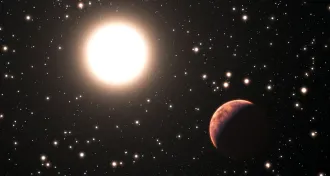 Astronomy
AstronomyPlanet found around sun twin in star cluster
The exoplanet YBP1194b orbits a twin of the sun in the star cluster Messier 67. Astronomers found three planets orbiting stars in the cluster.
-
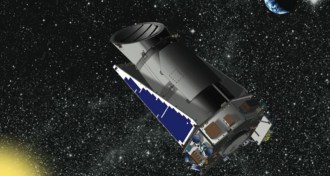 Astronomy
AstronomyKepler’s surprise: Planet hunter also found supernovas
NASA's now-defunct Kepler space telescope captured five stellar explosions as they happened.
By Andrew Grant -
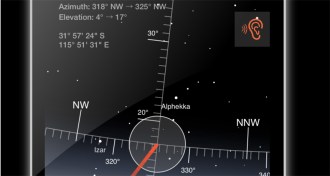 Science & Society
Science & SocietyTracking fireballs for science
Watching a meteor race across the night sky is a romantic experience. And now it can be a scientific one as well.
-
 Astronomy
AstronomyGalaxies’ missing mass may hide in gas clouds
Vast reservoirs of previously undetected gas could account for much of galaxies’ matter, solving a cosmic mystery.
-
 Cosmology
CosmologyFrom Dust to Life
In about 300 pages, this book sums up the history of all that matters — or at least everything made of matter — from the Big Bang to life on Earth.
By Janet Raloff -

-
 Astronomy
Astronomy“Black holes” in space
Science News Letter was the first publication to use the term in print in 1964.
-
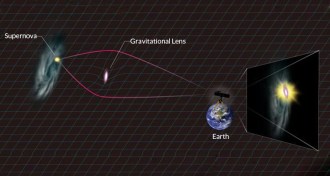 Astronomy
AstronomyEnormous cosmic lens magnifies supernova
Galaxy warps light of distant exploding star, greatly increasing its brightness.
By Andrew Grant -
 Earth
EarthThe long and winding Colorado
The history of the West’s iconic river is written in the dramatic landscapes it has shaped. How to interpret that chronicle has become a contentious issue among geologists.
-
 Astronomy
AstronomyEarth-mass planet resembles a mini-Neptune
KOI-314c, an exoplanet 200 light-years away, is about 60 percent larger than Earth but made mostly of gas.
By Andrew Grant